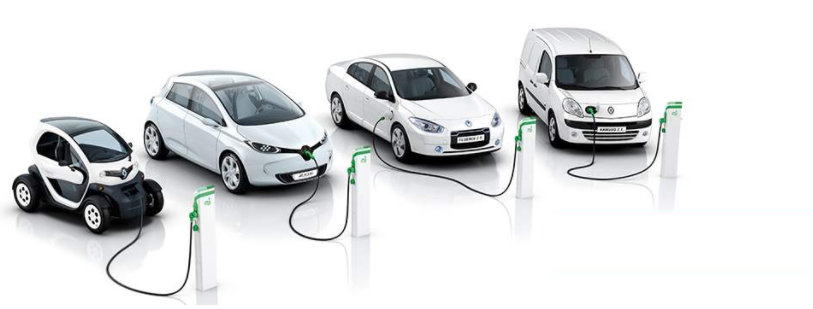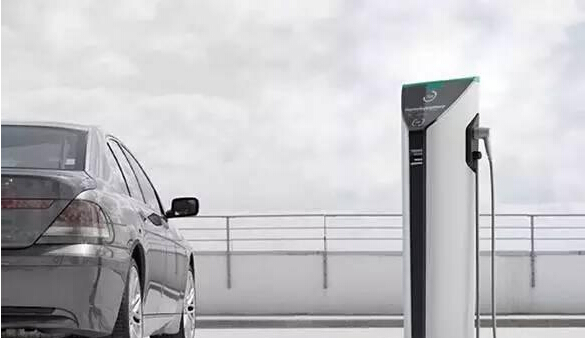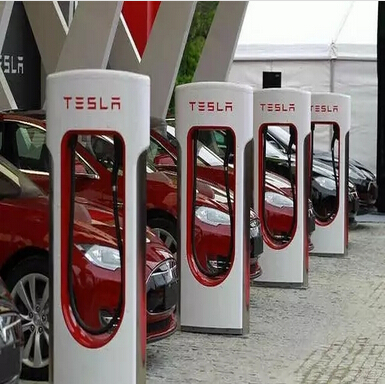Electric vehicles are inseparable from battery support, and as a battery replenishment, charging piles are an important device. The safety of charging piles is also related to the safety of charging vehicles. In order to ensure the safety of charging vehicles, charging piles are automatically broken. Electrical function, talking about the structure and work of the charging pile itself, taking the current DC charging pile as an example, the charging pile has charging design, over-voltage and over-current protection in the design process.
In terms of its overcurrent protection, when the current reaches the set current, the automatic power-off will occur. According to its internal structure, when the DC charging pile is working, the auxiliary power supply to the main control unit, display module, The control system such as the protection control unit, the signal acquisition unit, and the card swipe module supply power.
When the main circuit input breaker of the vehicle has overload, short circuit and leakage protection functions; the output contactor controls the power supply on and off; and the core of the charging pile, the charging controller is used to control the charging voltage and charging time, which is similar to the brain. Like the nerve center, the voltage transmitted to the vehicle battery is detected by the power line, and it is judged whether or not the battery is continuously charged by the voltage, so that the controller can be fully self-stopped.
Simply speaking, the work of charging piles requires electric vehicles, battery systems, and charging pile systems. The three work in coordination with each other. When the three of them start working together, the core of the charging pile (charge pile control) The device sends an instruction to the charging module of the charging post, and the charging module at this time starts to work according to the output voltage and output current required by the instruction, and continuously charges the electric vehicle power battery. During the charging process, the BMS and the charging pile controller communicate in real time. When the BMS of the vehicle detects that its voltage or current reaches the specified requirements, it will give the core controller signal of the charging pile, thereby cutting off the voltage to meet the charging and discharging. Demand.

















 RCCN WeChat QrCode
RCCN WeChat QrCode Mobile WebSite
Mobile WebSite


![[Charge pile principle] electric vehicle charging pile principle Secret](/upload/image/20170504/20170504090205_67304.jpg)




